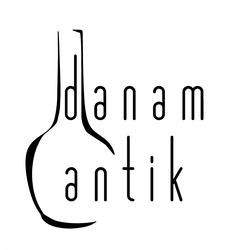Description
Royal Copenhagen Saxon Flower Deep Plate Premium model with pierced border
Measures 24.5 cm / 9 41/64"
When Arnold Krogh was the Artistic Leader around 1900 he thought the quality of Flora Danica and Saxon Flower was too poor. Then he decided too produce a premium quality with strong colors painted by the best artists. Each piece is unique signed by the Artist.
These were sold at a much higher price and produced between 1904 and 1908.
Measures 24.5 cm / 9 41/64"
When Arnold Krogh was the Artistic Leader around 1900 he thought the quality of Flora Danica and Saxon Flower was too poor. Then he decided too produce a premium quality with strong colors painted by the best artists. Each piece is unique signed by the Artist.
These were sold at a much higher price and produced between 1904 and 1908.
Payment & Security
Your payment information is processed securely. We do not store credit card details nor have access to your credit card information.




